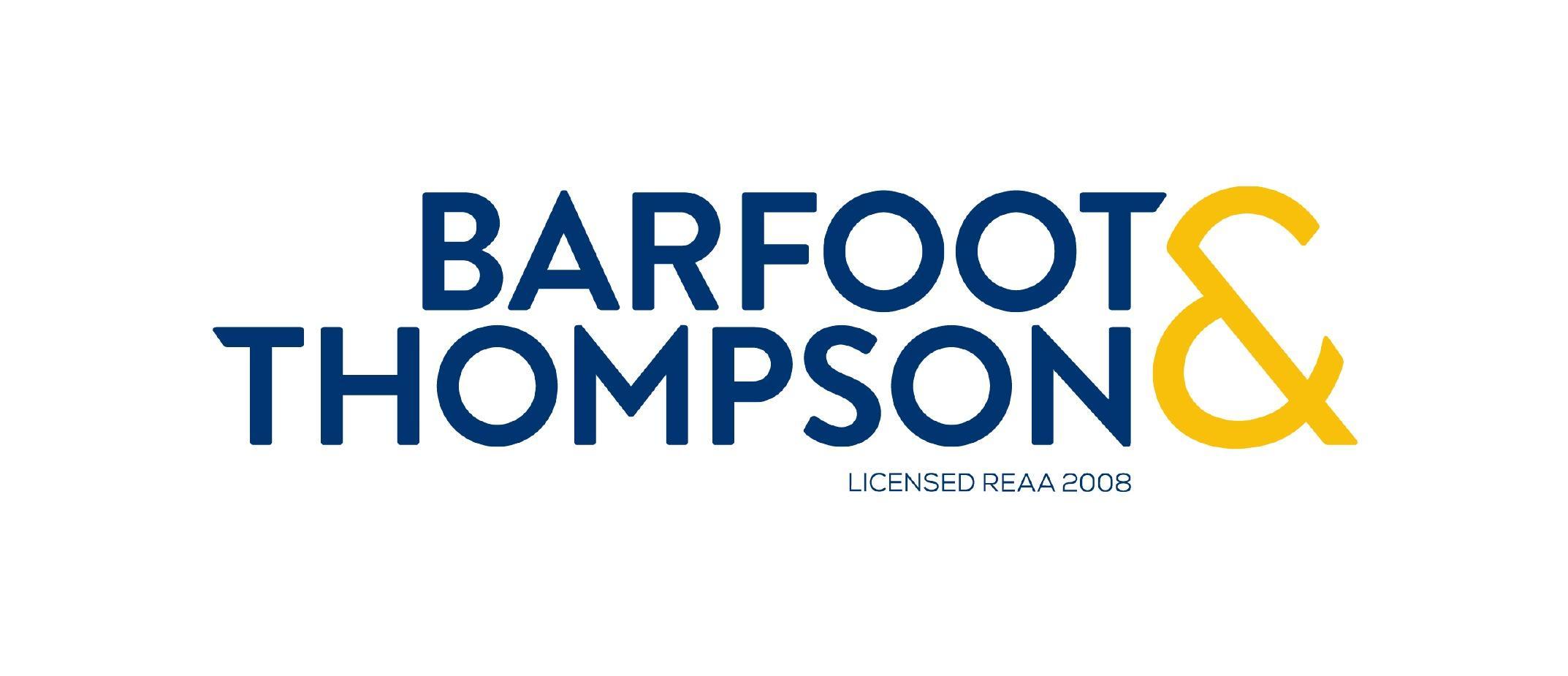At the end of last year, we suggested that a big-picture theme for the property market in 2023 would be continued weakness for the first half of the year but a more stable (or even gently rising) market later in the year – i.e. ‘the year of two halves’. As things have turned out, this prediction has proved to be fairly accurate (so far).
Indeed, give or take a few months – and allowing for the fact that house price indices have a natural lag to what’s happening (or already happened) in the real world – it does look increasingly likely that, in general, house prices have now found their floor, or are at least ‘close enough’ to that trough. If anything, the floor could become evident first in markets such as Auckland or Wellington, which have seen the earliest/sharpest falls to date.
But why does the downturn seem to be coming to an end? For a start, the choice of stock on the market has started to drop. In Auckland, for example, total listings are still about 10% above their lows of 2021. But they’re also about 15% below where they were at this time of year in 2020 and 2022. Reduced stock levels obviously create a bit more competitive pressure amongst buyers.
In addition, credit conditions have eased lately, with the CCCFA rules more relaxed and the LVR settings loosened a little. The labour market also remains very strong, which means that although household finances have been under pressure (from wider inflation, too), income security has ensured they’ve generally been able to negotiate the recent strains.
Meanwhile, net migration is soaring (to more than 70,000 in the year to April 2023), which ultimately amounts to stronger population growth and more property demand. And finally, mortgage rates have almost certainly now peaked. True, they’re still high. But at least they’ve stopped rising, meaning households can quantify the ‘worst case’ for their finances and potentially start making firmer decisions again, especially regarding property.
Many other commentators believe that house prices are now effectively at their trough. And the Reserve Bank is certainly one of those groups. In their latest Monetary Policy Statement, the RBNZ signalled that the official cash rate and inflation have both peaked (although the latter may not be back within the 1-3% target range until the second half of 2024), we’ll only have a mild recession at worst, employment should continue to expand, and finally that house prices themselves are now within a few percentage points of their trough (which is about 15% below the peak).
Related event: Get ready for the Great NZ Property Rebound
That said, we’re unlikely to see a sharp upturn suddenly just because the housing downturn is all but over. For a start, mortgage rates are set to be ‘higher for longer’, keeping some pressure on housing affordability, which has only really improved slightly, and from a starting position that was already very stretched.
On top of that, caps for debt-to-income ratios on mortgage lending remain firmly on the radar for the first half of 2024. To be fair, DTIs may not bind straight away because this ‘risky’ lending has fallen sharply in the past year or so. But they’ll certainly be a handbrake on house prices and the size of property portfolios over the long run.
Overall, the second half of 2023 won’t be as subdued for the housing market as the first half. But there are also plenty of reasons why the ‘recovery’ will be slow and elongated.

Kelvin Davidson
Kelvin Davidson is the Chief Economist of CoreLogic New Zealand.













Add Comment